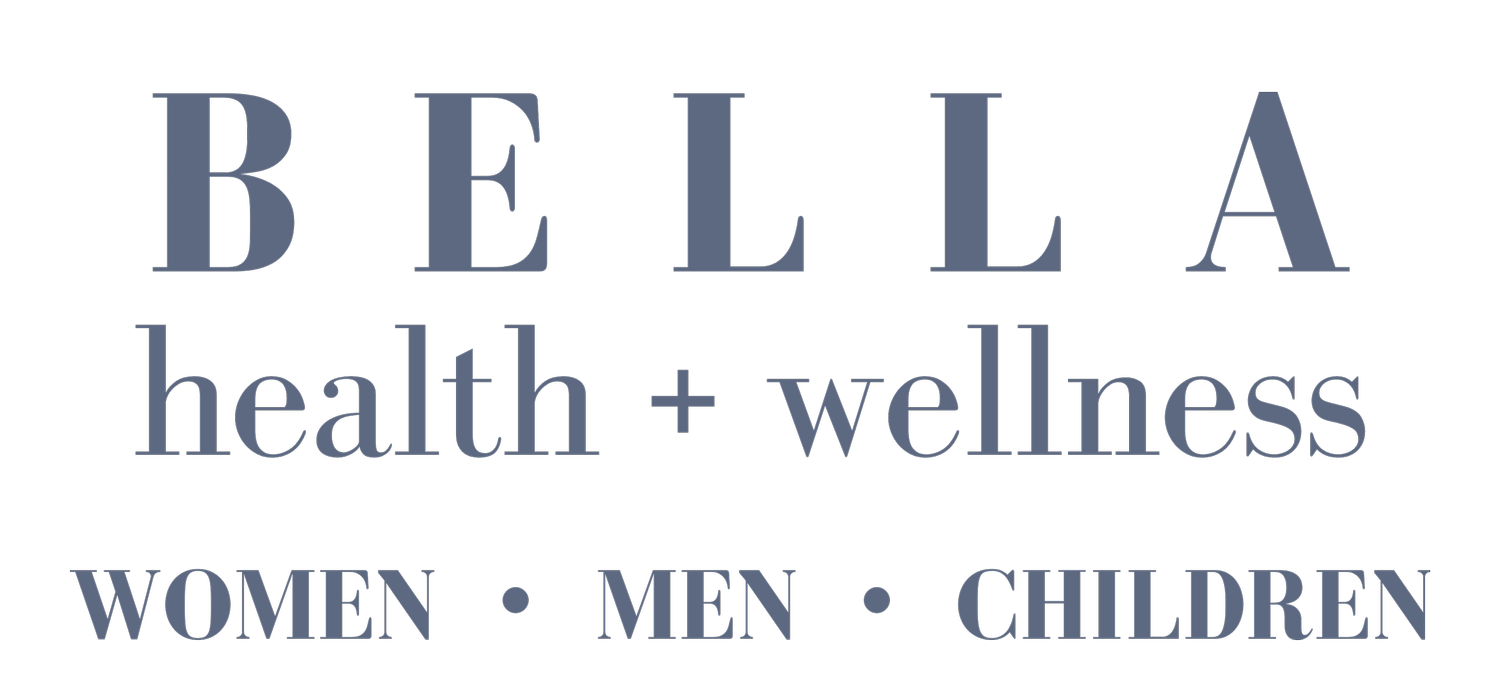Part Two: Annual Strategic planning starts early!
A Look Around
As we continue into fourth quarter, it is a great time to look around and plan for where we are going!
How do we find our Annual Objectives?
Call it “old school”, but at the the end of the day it still works… We inform our annual objectives by looking around through a good old fashion PESTEL Review and SWOT Analysis. Plan two hours with your key leaders and just start reflecting and researching! You will be surprised with what you come up with. Below you will find a Step-by-Step Guide to a PESTEL Review & SWOT Analysis to help with your 2026 Strategic Planning.
How to Conduct a PESTEL Review
To see the bigger picture beyond your walls, turn to PESTEL. PESTEL stands for: Political, Economic, Social, Technological, Environmental, Legal. A PESTEL review helps organizations evaluate political, economic, social, technological, environmental, and legal factors impacting their mission-aligned planning. This can help you to further identify threats and opportunities for your organization!
Step 1: Break It Down
Step 2: Research What’s Relevant
Explore:
Government policy changes
Industry reports or trend forecasts
Community health needs assessments
Legal updates or board rulings
Step 3: Use It to Inform Strategy
Bring your PESTEL insights into PART 2: your SWOT analysis. This is especially great for your Opportunities and Threats. This ensures your strategy is rooted in real-world context—not guesswork.
How to Conduct a SWOT Analysis
Using SWOT analysis, teams can identify strengths, weaknesses, opportunities, and threats, providing clarity for strategic planning processes and organizational objectives. This simple yet powerful tool gives you a snapshot of your internal and external landscape—what’s working, what’s not, and where you can grow.
Step 1: Set Your Focus
What are you analyzing? Examples:
Your year in review
A new service line (e.g., holistic fertility care)
Organizational growth strategy
Patient engagement
Step 2: Draw the Grid
Step 3: Ask the Right Questions
Strengths
What do we do exceptionally well?
What do patients or clients praise us for?
What unique skills, services, or technologies do we offer?
Weaknesses
What needs improvement?
Where are we under-resourced?
What inefficiencies or frustrations exist internally?
Opportunities
Are there emerging needs in our community?
Are patients seeking something we could offer?
Are there partnerships we could develop?
Threats
What external factors could hinder our progress?
Are competitors gaining ground?
Are there policy or financial changes on the horizon?
Step 4: Use Your SWOT
Once you've filled in the grid, look at how elements interact. Let this guide your strategic planning in this next quarter!
Use strengths to maximize opportunities
Shore up weaknesses to avoid threats
Create targeted strategies from the intersections
A personal Note:
I know that PESTEL & SWOT seem like buzzwords— BUT they really are allies in reclaiming clarity, resilience, and direction in the new year. Combining reflection with faith-based leadership planning ensures your objectives and goals are mission-focused, actionable, and poised for impact in the coming year.… I hope that this can be a fruitful exercise for your organization.



